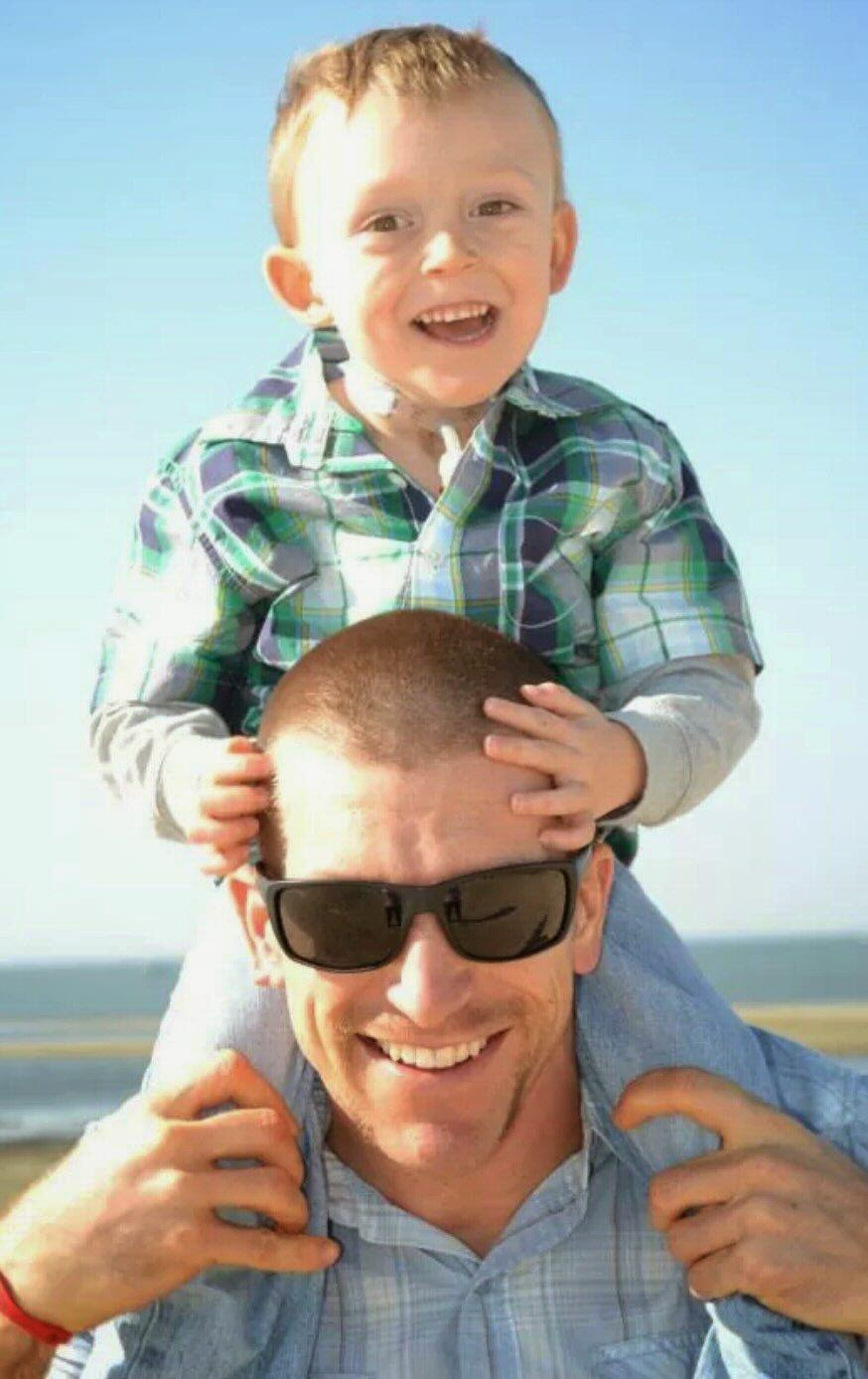Parents: Kristen and Matt
Sibling(s): none
History
Grace was delivered via emergency Caesarean section at Lucile Packard Children’s Hospital at Stanford in 2009. The doctors hit the “crash” button because of decreasing fetal heart rate. Grace's Apgars were 4 at 1 minute and 8 at 5 minutes. She spent the first 2 nights in our room at the hospital, but she was extremely lethargic, was not eating, or going to the bathroom. Her eyes looked hazy and quite gray. Her pediatrician ran a series of blood tests and Grace's CRP (a non-specific marker for stress such as an infection) was extremely elevated (~12). The doctors quickly moved Grace to the NICU for a little over 2 weeks.
The doctors ran all kinds of tests on her from a spinal tap to a brain ultrasound to an EKG to multiple stomach x-rays. They never could tell if she had a viral or bacterial infection, but they were fairly sure it was one or the other. Consequently they gave her 2 full weeks of antibiotics and a few days of antivirals. Every 24 to 48 hours Grace improved slightly. It seemed the drugs were working. Toward the end of her 2-week stay, her liver enzymes (known as LFTs for short) were shown to be elevated and her platelet count was dangerously low. The doctors thought this was most likely a residual effect of the infection and sent us home to be monitored as an outpatient (we were told there was nothing more they could do in the intensive care unit). Shortly before Thanksgiving 2009, the liver enzymes normalized and an abdominal ultrasound showed the liver working normally. We felt like we dodged a bullet and we decided to retest at 5 to 6 months of age after working closely with Grace's gastroenterologist at Stanford.
Unfortunately the tests at 5 months showed elevated AST and ALT (GGT was normal). On top of the elevated LFTs, Grace was falling behind developmentally. This is where we mobilized in a big way because clearly this was not a reaction to an infection and was not isolated to GI. This was something very serious and something genetic.
We assembled the best and brightest clinical minds in several disciplines at many world-class centers. We made 3 trips to Columbia, 2 trips to CHOP, 2 trips to NIH, 2 trips to Baylor College of Medicine / Texas Children’s Hospital, 1 trip to University of Colorado, Boulder, 1 trip to John Hopkins, and countless trips to Stanford and UCSF. From the age of 6 months to 3 and ½ years old, we pursued a primary mitochondrial disease.
Whole Genome Breakthrough
After exhausting all of our testing options, two centers (Stanford and Baylor) independently performed whole genome sequencing (WGS). We wanted to see if both came up with the same conclusion independently. Stanford and Baylor came back with the exact same leading gene candidate (SUPV3L1). This gene fit Grace’s phenotype and the theory that Grace’s condition was mitochondrial. We spent nearly 1 year investigating this gene under the close supervision of Dr. Greg Enns at Stanford and Dr. Vamsi Mootha at Harvard / Broad. Unfortunately the functional assays did not prove anything.
In addition to SUPV3L1, Stanford and Baylor flagged several other “candidates” (genes that looked suspicious). We explored several of these, but not all. In February 2013, Kristen, Grace, and I flew back down to Houston for 4 days. Under the guidance of Dr. Huda Zoghbi, we met with over 15 doctors in 3 days. Two of the doctors we met with were Richard Gibbs and Matthew Bainbridge. We asked them to re-run our data. Within a few days of meeting, Matthew emailed asking if Grace produced tears. We had noted to several specialists that Grace did not produce streaming tears when sad or hurt, but this clue didn’t help us over the previous years. Richard and Matthew had flagged one gene in particular (NGLY1). This gene was actually flagged by Stanford back in 2011, but it was a mystery gene. At the time, no databases or medical literature showed one human being having a NGLY1 mutation. Unbeknownst to Stanford and us, the doctors at Duke had diagnosed Bertrand and were preparing to publish. Once they did publish, Richard and Matthew found it. The phenotypes, while not perfect matches, were close. The lack of tears while crying was a significant clue in piecing the puzzle together.
Current Health Condition
Grace is stable. While she has many challenges, she is amazingly happy and resilient. Despite spending a lot of time in hospitals and clinics, she is relatively healthy for a 4 year old NGLY1 patient. Colds affect her more than most kids (her body gets “floppy”), but she recovers quickly. Developmentally she is more like a 12 to 18 month old. She can sit-up, pull-up to stand, “cruise” along furniture, and walk for short distance after pulling up to stand. She cannot talk. She has a few sounds and word approximations. She cannot point and has no pincer grasp (index finger + thumb). Her disease affects her central nervous system (CNS), liver, and muscle predominantly. She has microcephaly (small head), difficulty gaining and maintaining weight, alacrima (dry eyes), sleep apnea, and strabismus (eyes wander). The systems we have to keep close tabs of are liver, eyes, and lungs. The latter has showed some signs of aspiration, which is quite dangerous (pneumonia can be lethal in young kids with chronic / rare illness). Grace loves Elmo, books, music (Katy Perry, Taylor Swift, & Super Simple Songs), Super Grover 2.0, swimming, and horses.



















